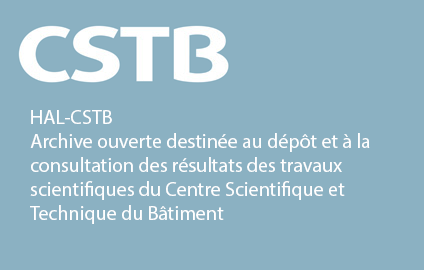Characterization and chlorine reactivity of particulate matter released by bathers in indoor swimming pools
Caractérisation et réactivité au chlore des particules relarguées par les baigneurs en piscine
Résumé
Disinfecting swimming pool water is essential for preventing waterborne diseases. An unforeseen consequence of treating water with disinfectants is the formation of disinfection byproducts (DPBs) that can cause harmful effects to health through the interactions between the added disinfectant and organic matter in the water. The present work focuses on the chlorine reactivity with particles released by bathers. Such particles are collected in the filter backwash water of swimming pools and this study intends to distinguish DPBs generated from dissolved chemicals from those formed by particulate matter. Therefore, filtered and unfiltered backwash waters were collected from several swimming pools, analyzed physicochemically and chemically, and then chlorinated as is (79 mgL-1) and as diluted suspensions (36.2 and 11.9 mgL-1) at varying concentrations of chlorine (1.2 mg and 24 mgCl2L-1). Utilizing a DPD colorimetric technique and GC-ECD, respectively, the kinetics of chlorine consumption and DPBs production have been investigated. Up to 25.7 µgL-1 of chloroform was produced within 96 h at 1.2 mgCl2L-1 , followed by haloacetic acids (HAAs) and haloacetonitriles (HANs). Within 96 h, the concentration of trichloroacetic acid reached a maximum of 231.8 µgL-1 at a chlorine concentration of 231.8 µgL-1. The formations of 0.13 µmol THMs, 0.31 µmol HAAs, and 0.04 µmol HANs per mg of dissolved organic carbon (DOC) were finally determined by correlating the organic content of particles with the nature of the DBPs generated. Comparing the quantities of DBPs generated in filtered and unfiltered samples helps us conclude that ~50% of DBPs formed during the chlorination of swimming pool water are derived from particles brought by bathers.
Origine : Fichiers produits par l'(les) auteur(s)
